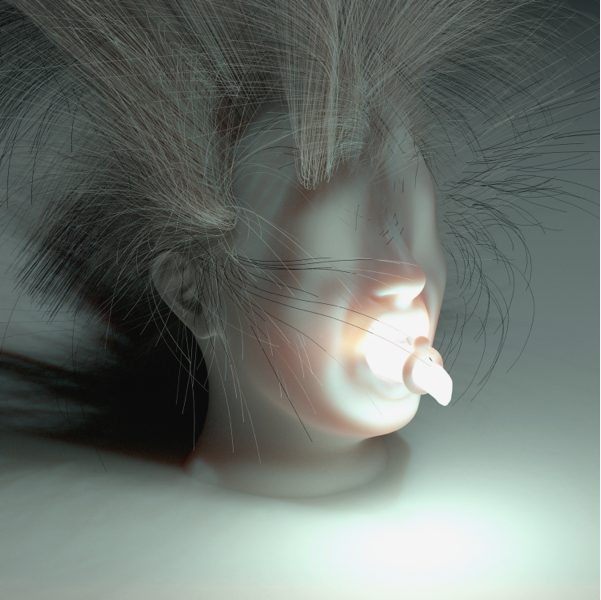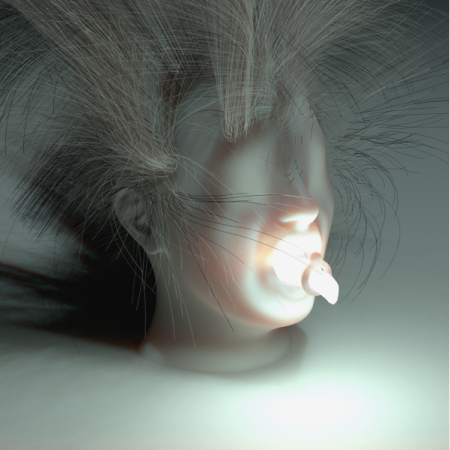27\01\2015
Written by Daan Rombaut

Bernhard Willhelm’s exhibition at MOCA looks into the future of fashion
From February 7 through May 17, the Museum of Contemporary Art Los Angeles, will present the first American museum exhibition of the work of fashion designers Bernhard Willhelm and Jutta Kraus. Titled ‘Bernhard Willhelm 3000: When Fashion Shows The Danger Then Fashion Is The Danger’, the two designers bring a site-specific work to MOCA Pacific Design Center that functions as a sculptural installation while featuring their Fall/Winter 15-16 collection. The installation will consist of video and photo material next to displays of ephemera and objects selected by Willhelm. The result is a meditation on the future of commerce and a “thinking-forward exhibition”. Willhelm sees the show as a response to the uniformity of consumerism in the 21st century as well as a forecast of the 22nd century fashion experience.
Since he and Kraus founded the eponymous label in 1999, they have been moving “in between chaos and diversity.” As opposed to the minimalist designs that dominated the 1990s runways, Willhelm’s designs feature an outspoken visual language: that they transform and combine in an unparalleled way with juxtapositions between low and high culture. The pair situates their work as a mirror to the Paris court of fashion, and a comment on prevailing views of taste and wearability.
The source of Willhelm’s irreverence can be traced back to his upbringing in a small town in Germany and the concept of ‘the freedom of the fool’: “The clown has always been a very special person to me—he was always the one who was allowed to say the truth to the king. Of course, to find the truth, you need to say hi to your haters and bye to conventions,” he explains.
Bernhar Willhelm 3000 follows the relocation of Willhelm and his Paris studio team headed by Kraus to the Beachwood Canyon section of L.A. Following past collections—which incorporated the loose-fitting, draped garments of the Middle East, India, and Africa into punk-inspired assemblages—their latest designs and tableaux vivant presentations reflect the diversity of the global metropolis. The forthcoming spring-summer collection—which will be unveiled as part of the installation at MOCA—further positions the concept of diversity as a response to climate change and ecological disaster.
Bernhard Willhelm 3000 is an experiment, and through the emotive qualities of the work in the exhibition, it also serves as an opening to a dialogue between art, fashion, and consumerism.

